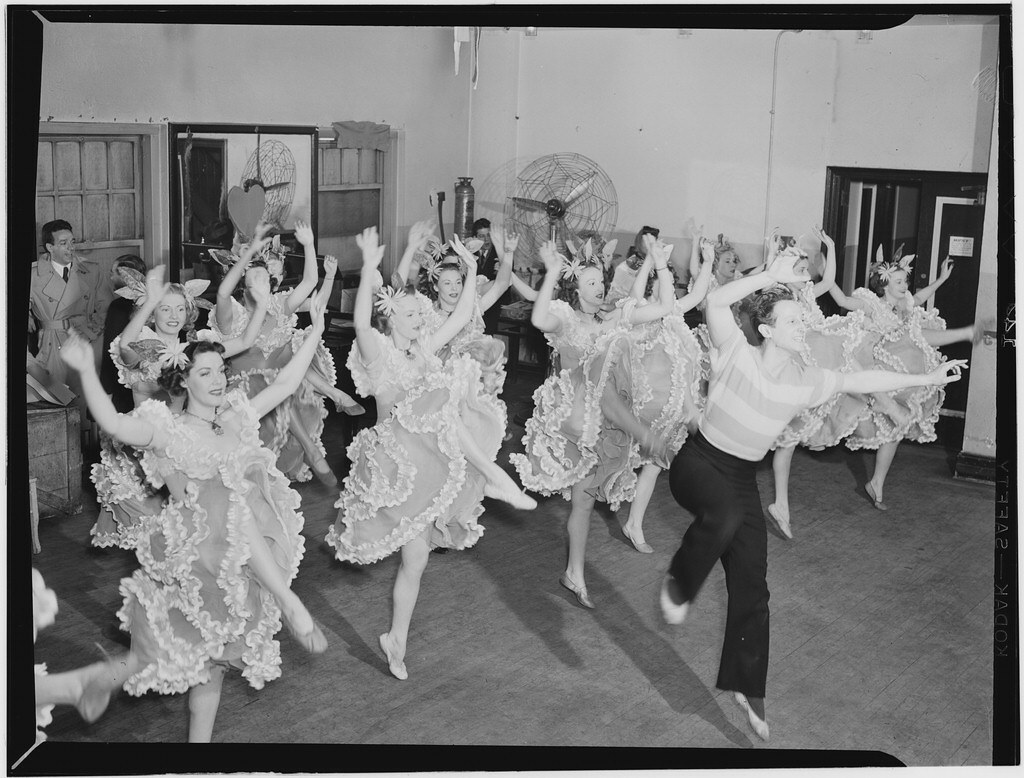I've recently started teaching when a studio director I once took flamenco from asked me to come in and take over an ill teacher's classes. Now, I have no teaching experience, but I have a lot of experience taking classes, so I hoped I could extrapolate some of what I'd (hopefully) absorbed.
I'm not a big people person by nature, so it took awhile for me to get used to the fact that I was standing at the front of the class, talking, instead of standing in the back of the room, listening, but my students are friendly and willing to learn. The studio owner, who has a decade or two worth of experience, has been fantastic about giving me advice on things to try, and while I'm stumbling along, I'm doing the best I can.
Truth be told, I had thought about contacting her and setting up classes, but I kept telling myself I wasn't ready yet, I've only been dancing for four and a half years, I have so much more to learn...so many excuses. A lot of them are the same for why I haven't performed solo.
I'm still not ready, but I'm never going to be ready if I don't start, and make mistakes, and test things. For instance, if the studio director tells me to try something new, or helps me figure out my students' personalities, I will try it next class, tweak it, see how it works, and go from there. This week, I'm putting together a simple choreo for the baby dancers to learn, so they have something to work towards.
And I've learned that not everyone dances like me. Not every belly dancer wants to be a professional dancer. Some of them just want something fun to do after work, or some reason to get away from the kids. I think that's the most difficult part, is getting into that mindset. They don't care about whether their arms are perfect; they just want to have fun dancing around to great music, and maybe show off their skills a little later.
So what have I learned so far?
Listen to your students. You can tell by their smiles, by how willing they are to work on the material you give them, how they leave the class, and how friendly they are with you, whether or not they are enjoying the class. It's this way that I can see whether or not we should move on, change the move, or keep working on it.
Know your audience. What kind of students do you have? Are they serious students who have dreams of performing and teaching one day, or just students who want a new, fun hobby? Ask your new students what their goals are, and teach accordingly.
Plan not to plan. Just like you, your students have varying moods. Maybe they've had a long week, or something happened at work or in their family. Or maybe they just aren't going to understand a move or are injured. If you plan out your class to the last detail, something will always go wrong and you'll be off your schedule. The most I will do is have an idea of what I want to teach in class, and then go from there.
Know your anatomy. The best teachers I've had know how the body works, and can explain which muscles I'm supposed to be using and when. This is probably one of the hardest parts for me, because I know all the basic moves instinctively. I can't remember what it's like to be a beginner, and not know how to do a chest lift, or what part of my abdominal I need to contract to do a hip circle. The ability to break down the move is a must for any teacher.
I hope to add more information here as I learn it--my journey into teaching is definitely a fun ride!

No comments:
Post a Comment